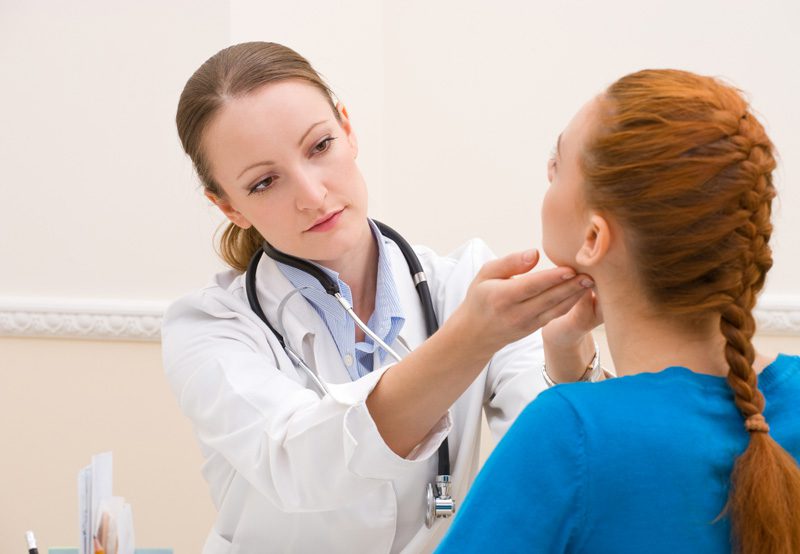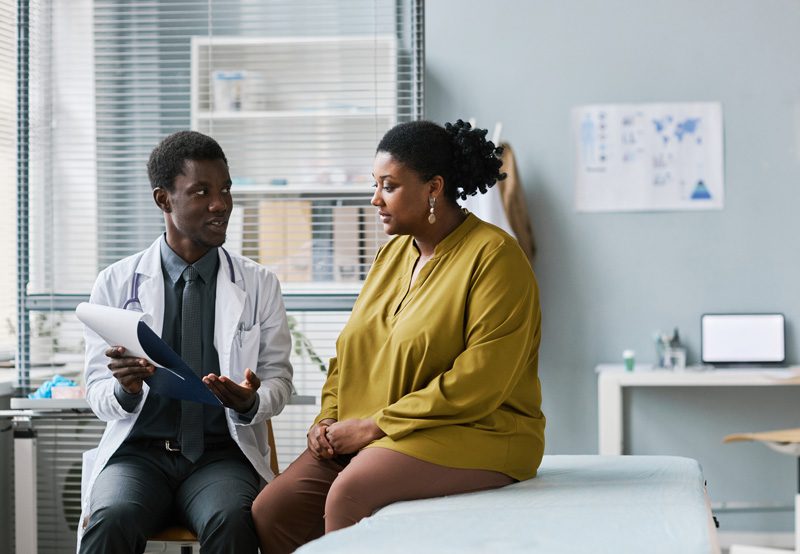

The human body possesses several salivary glands, responsible for producing saliva, which aids in digestion, lubricates the mouth, and has a protective function. Among these, the parotid gland, located in front and below each ear, is the largest. At times, due to various reasons, individuals may develop tumors or other issues in the parotid gland, necessitating a surgical procedure known as parotidectomy.
Overview of the Parotidectomy
Parotidectomy is a surgical procedure aiming to remove part or all of the parotid gland. This operation can be performed for various reasons, but the most common indication is the presence of a tumor in the gland. Notably, while many tumors in the parotid gland are benign, a thorough evaluation and, in some cases, surgical intervention, are essential to rule out malignancy and address any associated symptoms or risks.

Why is Parotidectomy Performed?
The primary indications for parotidectomy include:
- Benign Tumors: These are non-cancerous growths, with pleomorphic adenoma being the most common type. While benign, their continued growth can exert pressure on adjacent structures and carry a small risk of turning malignant over time.
- Malignant Tumors: Cancerous tumors necessitate prompt surgical intervention. The surgical approach and subsequent treatment depend on the cancer type and stage.
- Chronic Infections: Recurrent infections or sialadenitis in the parotid gland might require surgical intervention if conservative treatments fail.
- Stones: Salivary stones or sialoliths can sometimes form in the ducts, blocking saliva flow and leading to pain and swelling.
The Parotidectomy Procedure
There are several types of parotidectomy procedures, each tailored to the specific needs of the patient:
- Superficial Parotidectomy: This is the most common type, involving the removal of the superficial part of the gland while preserving the facial nerve.
- Total Parotidectomy: The entire gland is removed, usually in cases of malignant tumors.
- Deep Lobe Parotidectomy: Only the inner part of the gland is excised, typically for tumors located deep within.
The surgery’s complexity largely depends on the tumor’s size, location, and whether the facial nerve is involved.
Post-Operative Care and Recovery
Following a parotidectomy:
- Hospital Stay: A short hospital stay might be necessary to monitor recovery, particularly if there were concerns about the facial nerve during surgery.
- Pain Management: Patients will receive pain relief medications to manage post-operative discomfort.
- Facial Movements: If the facial nerve was at risk during the surgery, physical therapy could be recommended to restore and maintain facial movements.
- Drains: Temporary drains may be placed at the surgical site to prevent fluid accumulation.
- Follow-Up: Regular follow-up appointments are vital to monitor healing, remove stitches, and check for any complications.
Potential Risks and Complications
While parotidectomy is a generally safe procedure, like all surgeries, it comes with potential risks:
- Facial Weakness: Damage to the facial nerve can lead to temporary or permanent facial weakness.
- Frey’s Syndrome: Some patients might experience sweating while eating, a condition called Frey’s syndrome.
- Scarring: Though surgeons aim for minimal scarring, it’s a potential post-operative outcome.
- Infections or Hematomas: Proper post-operative care can usually prevent these complications.
Parotidectomy, while a significant surgical intervention, is a crucial tool in managing and treating various parotid gland conditions, most notably tumors. The procedure’s success relies on the combined expertise of the surgical team, coupled with the patient’s adherence to post-operative care guidelines. For those facing the prospect of parotidectomy, understanding the procedure, its benefits, and associated risks, offers reassurance and clarity on the path to recovery and better health.
